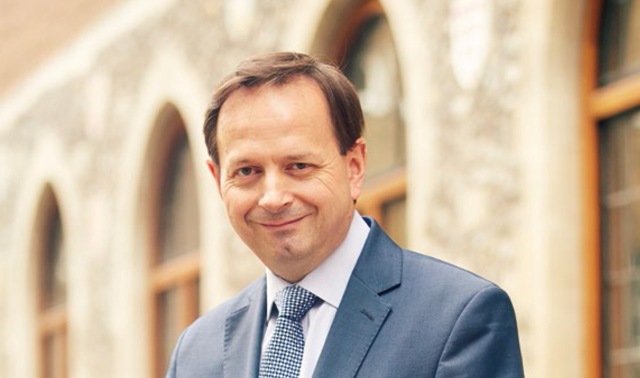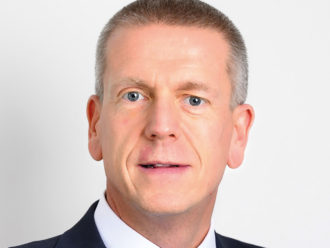How important is it to engage with companies rather than just divest?
At the end of the day, divesting doesn’t really move companies on because you sell the shares. If you’re an owner, then you can engage. You can be there constantly bothering them to do things, standing up at AGMs, voting, etc. We see engagement as a hugely valuable tool to help us. There will always be companies we don’t want to invest in, but on a whole range of issues I think there’s a lot we can do by engaging.
The big issue, of course, is that engagement is very labour-intensive. You could write to 500 companies, but you haven’t really engaged with them. It’s not until you really understand their business, meet with them regularly, start to form their opinion and change their position, as well as using the other more conventional levers open to shareholders.
When does divestment enter the frame for the scheme?
We’re always having debates about that, and we have made some divestments when companies have not moved in the way that we’ve wanted them to. The most recent was probably Soco International, so that’s over a year ago. I think that is evidence of how it’s hard work to get companies to change. There have been some positive examples however, particularly around alcohol, where engagement led a good handful of retailers to change how they marketed alcohol and pricing policies.
So you feel engagement is worth it?
Yes, definitely. Obviously, there’s no point engaging with a company like Philip Morris, but it works on certain other companies if you want to engineer some sort of change. Which is why I think engagement on climate change is so important. It would be easy to take the approach of, “Right, well we’re going to sell all the fossil fuel companies and we’ll have a clear conscience.” But it won’t actually have made any difference as someone else will buy the shares and therefore, there will be no pressure on the company. If we stay invested, at least we retain that voice.
The scheme also adapted its liability- matching portfolio recently.
Each of our schemes has its own liability driven investment (LDI) portfolio and we’re on the cusp of those being managed against liability benchmarks. If you think about our main scheme (the clergy scheme), historically that has been quite underhedged against inflation and interest rates. At the start of this year only 13% of the interest rate and inflation exposure was actually hedged using conventional actively managed index-linked gilts. We’ve now moved to what the consultant would call a ‘backfill strategy’. So, in other words, you start building out an index-linked gilt portfolio at the very long end of the duration. So, for example, the clergy scheme has a duration of about 23 years in terms of pensions in payment. However, the index-linked bond market has bonds of duration anything up to about 50 years, say.
So, what we’ve done is reshaped the portfolio to simply hold two of the very, very long-dated index-linked gilt issues – 2058 and 2068 – and nothing else. The result of that is, because you’ve gone very long duration, you’re picking up much more interest rate and inflation exposure and you’ve actually got a much better hedge ratio for the same pound note investment. That’s taken us from 13% to 22% hedged. We made the switch just before Brexit, and those long-dated bonds are up 50%. That’s quite extraordinary.
In retrospect, was that a great tactical decision?
It just seemed sensible to get it out of the way before any potential market turmoil. But it turned out to be a good piece of timing, obviously. The wider picture is, of course, that actually 78% of the liabilities are unhedged.
Do you plan on undertaking more hedging?
Yes. The third stage is if we want to do full LDI, so it’s basically using swaps and repos to get a bit more inflation exposure with the existing portfolio. So, that could take us to about 30% hedging ratio which is using considerably less leverage than most funds. However, I think pricing needs to be right, and it doesn’t feel right at the moment. It’s good to have the tool there ready to use though, and I think we will start to use it within the next year.




